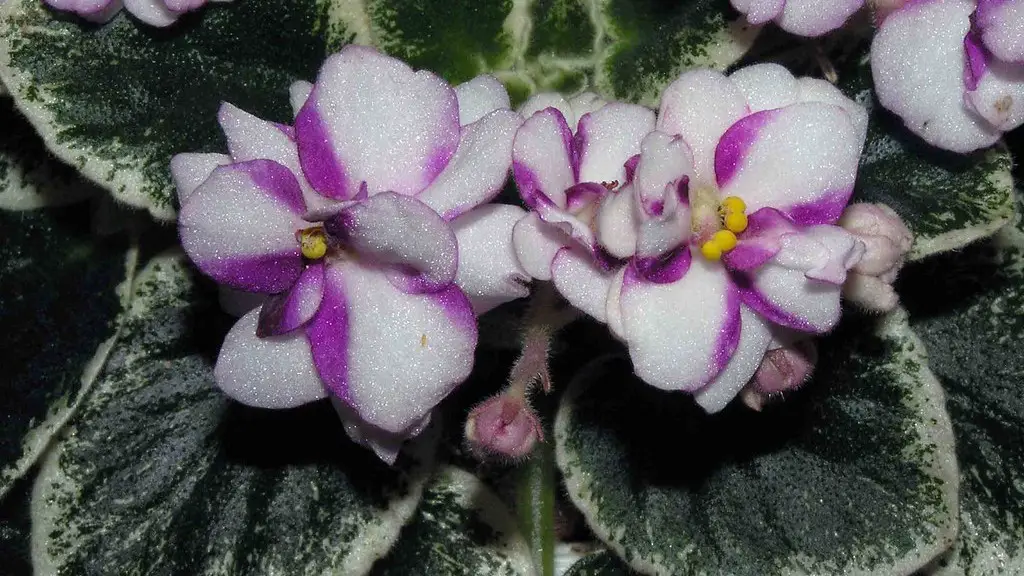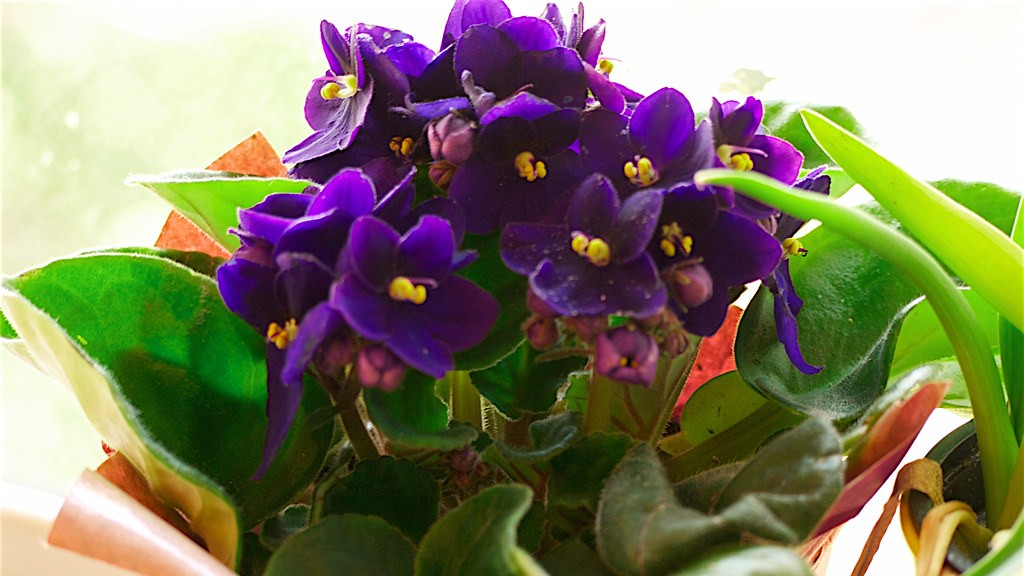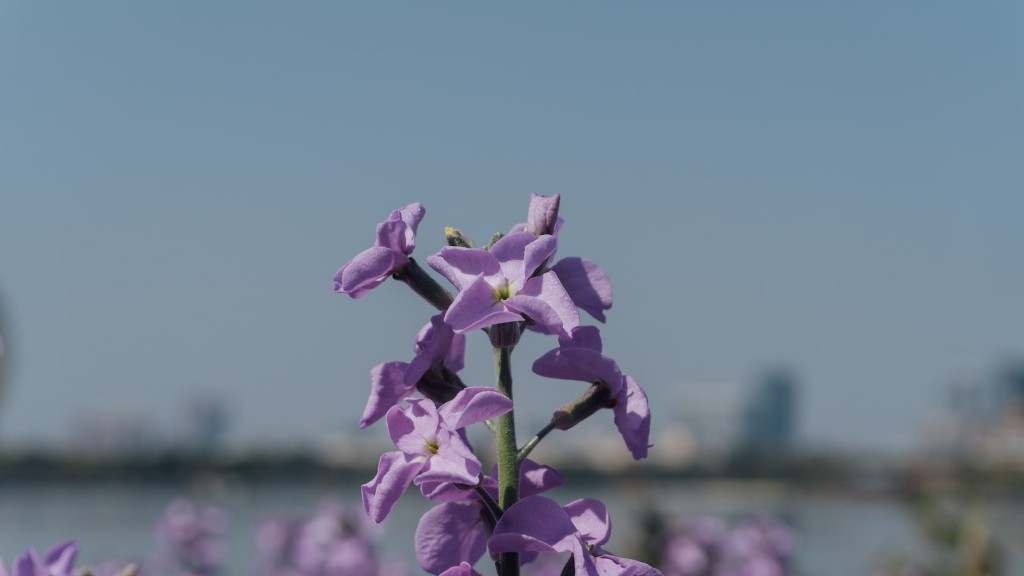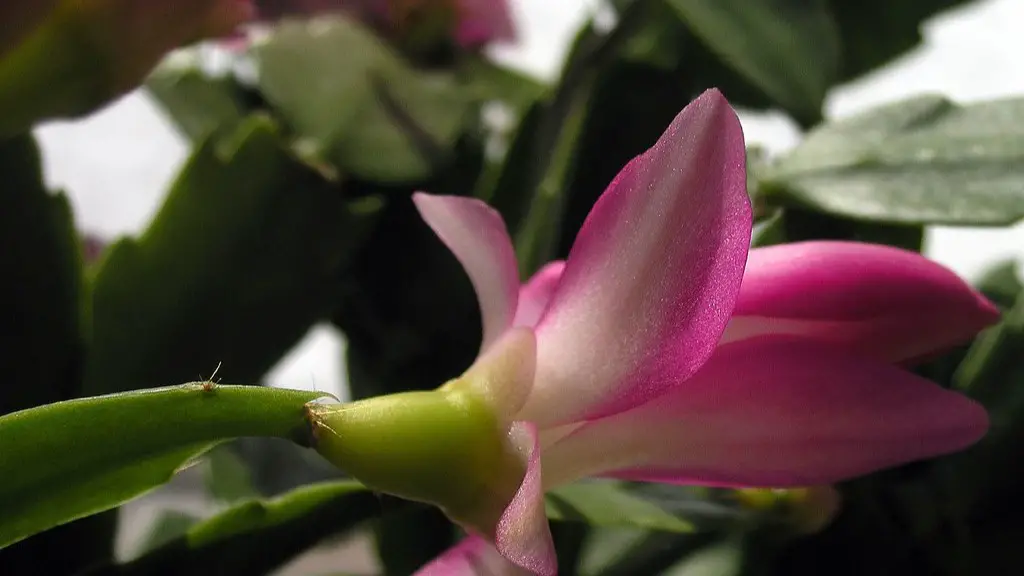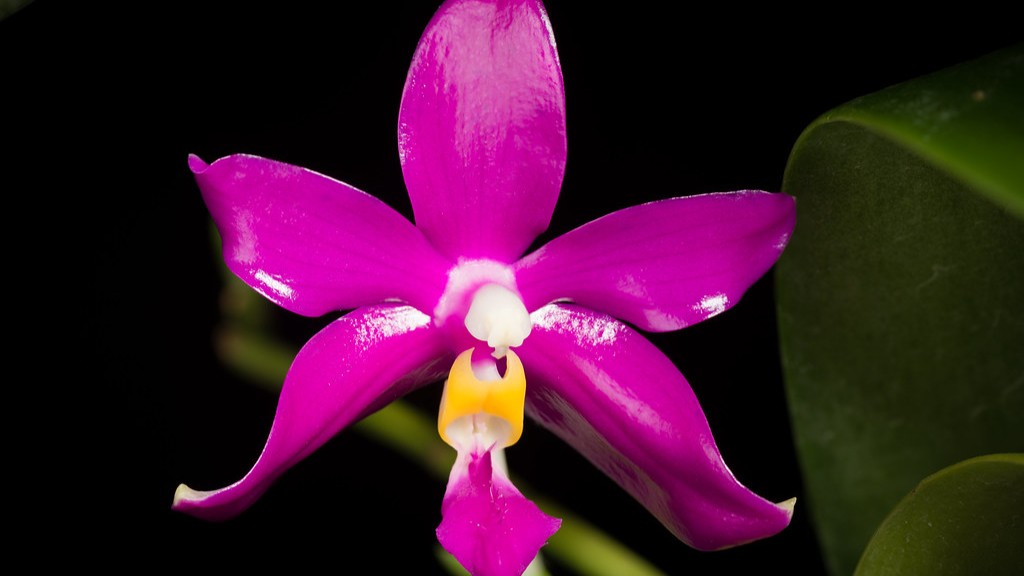African violets are a type of plant that is known for its beautiful flowers. They are native to Africa and can be found in many different colors. Trailing african violets are a type of african violet that has a long stem. They are perfect for growing in pots or hanging baskets. If you are looking to add some beauty to your home, then growing trailing african violets is a great option.
The best way to grow trailing African violets is to start with a healthy plant. Keep the plant in a bright, sunny location and water it regularly. When the plant begins to produce new growth, carefully pinch back the stems to encourage branching. This will create a fuller, more bushy plant. Once the plant is established, you can gently tug on the stems to encourage them to trail over the edge of the pot.
How do you take care of a trailing African violet?
It’s important to water your Trailing African Violet with room temperature water whenever the top inch of soil feels dry to the touch. Add enough water to trickle through the drainage hole, and then allow the pot to drain freely. Discard water remaining in the saucer and never allow the pot to stand in water.
Self-watering ceramic or plastic pots are the best African violet pots because they provide the proper amount of continuous moisture to your plants while allowing adequate drainage. African violets need a lot of water, so these pots are ideal because they help to keep the soil moist without overwatering the plant.
How do I know if my African violet is a trailer
There are two main types of trailers – those that produce clumping or upright growth habits, and those that have long internodes and are more vining, with a sprawling growth habit. In order for a trailer to be a show plant, it must be a single plant with no less than three crowns. Trailers are judged on form, not symmetry.
The good news is that it’s easy to root African violets from leaves. The quickest and easiest way I’ve found to do it is in water. You can take the leaf from your existing African violets, or even from a friend’s plant.
Should African violets be misted?
It is very important that you do not mist the foliage of your African violet as this can cause permanent leaf spotting. Use water that is room temperature and make sure that the crown (the section of the plant at soil level) is not saturated with water as this can lead to crown rot.
If your African violet is not blooming, the most common reason is that it is not getting enough light. African violets need indirect sunlight, as direct sunlight can burn their leaves. The best place to put them is in a north- or east- facing window. Also, make sure to keep plants away from cold glass and rotate the pot once a week so all leaves receive light.
Can you use regular Miracle Grow on African violets?
This is an all-purpose fertilizer that can be used on African violets and other blooming houseplants. It is a complete fertilizer that contains all the necessary nutrients for plant growth.
To ensure that your African violets get the best possible growing conditions, use a potting mix that is well-drained and slightly acidic. Miracle-Gro® Indoor Potting Mix is specially formulated to provide indoor plants like African violets with just the right growing environment. This potting mix will help your African violets to thrive and produce beautiful blooms.
Are clay or plastic pots better for African violets
African violets need a terra cotta pot that is shallow with good drainage. The pot should also be porous to allow the roots to breath. African Violet roots don’t go very deep; they like to go sideways, so don’t use a deep pot.
African violets thrive when they are slightly pot-bound, so choose a pot that is on the smaller side. Professional Tip: If you have a standard African violet plant, your starter pot should be about 3-4 inches in diameter.
What is the lifespan of an African violet?
It is so important to repot your African violets every few years to keep them healthy and blooming for a long time. These lovely flowers can last up to 50 years with proper care, so it is well worth the effort to keep them looking their best. Remember to use a well-draining pot and soil mix, and to water them regularly. With a little TLC, your African violets will be blooming beauties for many years to come!
Watering:
It is important to keep the soil moist to encourage blooming, but allow the soil around the roots to dry out before watering. Water from the bottom with room temperature water by placing the plastic grower’s pot in water, and allowing the plant to absorb the water (not more than 30 minutes).
Can I use regular potting soil for African violets
African violets prefer slightly acidic conditions, which means that the pH of their potting soil should be between 58 and 65. In conventional soil, your plant won’t be able to efficiently absorb nutrients, so it’s important to use a potting mix that has been specifically formulated for African violets. Peat moss is often used to lower the pH in African violet potting soil.
Coffee grounds are slightly acidic and contain nitrogen, which helps plants grow healthy foliage. Occasionally sprinkling used coffee grounds on top of your African violet potting soil can be good for the plant.
Can you use tap water for African violets?
It’s important to be aware of the quality of your tap water when growing African violets, as it can vary depending on location. Chlorine levels may fluctuate, for example, and in some areas tap water may be high in chlorine, chloramines, or dissolved solids. All of these things can adversely affect your plants. If you’re concerned about the quality of your tap water, you can always opt for distilled or filtered water instead.
Epsom salt is a type of salt that is rich in magnesium and sulfur. These two minerals are essential for plants to produce beautiful blooms and healthy foliage. To use Epsom salt for your plants, mix one and a half teaspoons of it in a quart of tepid water. Swirl the mixture to dissolve the salt, and then water your plants with the solution. Do this once a month for best results.
Conclusion
To grow trailing African violets, start by planting them in rich, well-draining soil in a location that gets bright, indirect light. Water your plants regularly, keeping the soil moist but not soggy. Feed your African violets with a balanced fertilizer every other week during the growing season. Allow the soil to dry out completely between watering to encourage blooming. Deadhead spent flowers to encourage more blooms. With proper care, your trailing African violets will thrive and produce an abundance of beautiful flowers.
Trailing African violets are a beautiful and unique plant that can add a touch of elegance to any home. They are also relatively easy to care for, making them a great choice for those who are new to gardening or plant care. With a little time and attention, anyone can successfully grow a trailing African violet.

